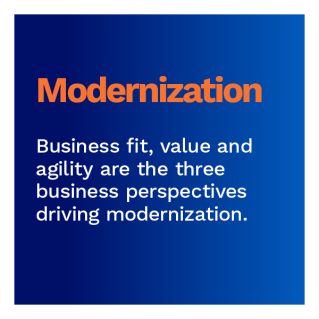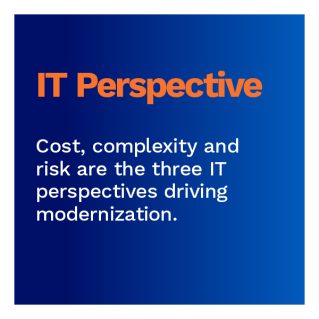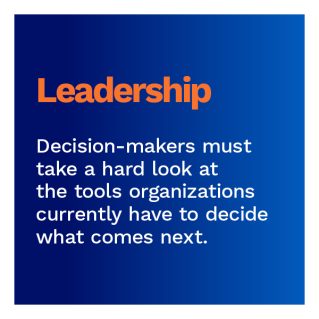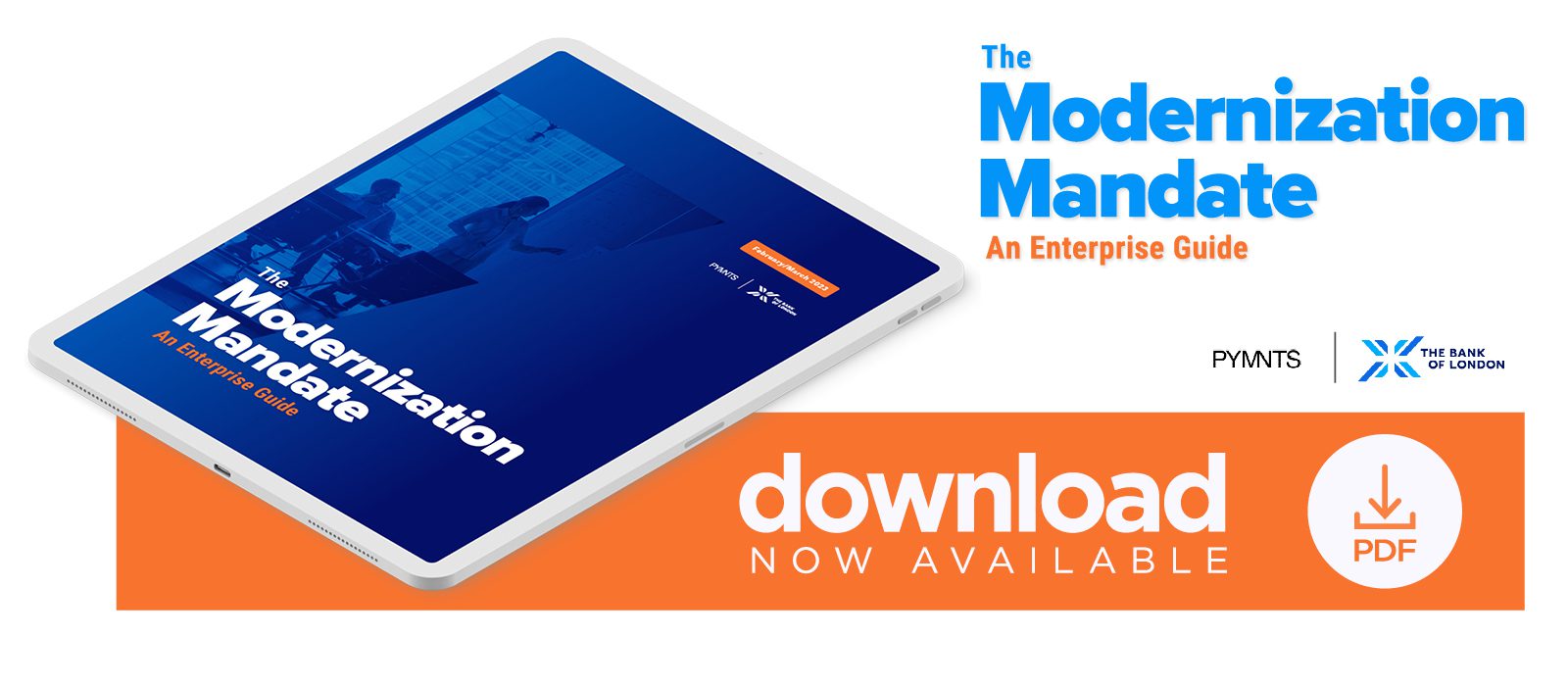Why It’s Time to Sink the Sunk Cost Theory of Legacy Payments Infrastructure

Bringing enterprise IT departments to the modern age to combat legacy systems from dragging an enterprise is vital to an organization’s survival. While other departments might be able to scrape by with outdated or aging infrastructure, this is not the case in IT — and assuredly not regarding financial applications. Other factors weighing on the minds of IT administrators include the importance of interoperability and the need to customize systems quickly. In short, organizations need to have modernized financial infrastructure — and have it now.
It can be challenging for enterprise organizations to know where to start with legacy application modernization, and delays can be costly when enterprise growth is on the line.
“The Modernization Mandate: An Enterprise Guide,” a collaboration with The Bank of London, examines the priorities and choices facing enterprise organizations as they begin modernizing their IT infrastructure and the right strategies for success.
Key findings from the playbook include the following:
Why Legacy Systems Are a Financial Drain on Organizations
 Many organizations fear moving away from a legacy system will be expensive. While the cost is not negligible, the price of not modernizing is often higher. Any technology infrastructure requires maintenance, but the cost of overhauling or repairing outdated software and hardware worsens over time. Legacy technology needs more specialized and costly maintenance than modern applications, many of which are cloud-based.
Many organizations fear moving away from a legacy system will be expensive. While the cost is not negligible, the price of not modernizing is often higher. Any technology infrastructure requires maintenance, but the cost of overhauling or repairing outdated software and hardware worsens over time. Legacy technology needs more specialized and costly maintenance than modern applications, many of which are cloud-based.
As older software and hardware fall further out of date and vendor support decreases, a lack of competition means vendors may charge exorbitant amounts to support systems that have otherwise been sunset. The ability to re-create the systems also becomes more challenging as components come off the market and older workers who are proficient in the technology begin retiring. Hiring new employees will require modernization to use technologies that these hires are familiar with, such as cloud-based and software-as-a-service (SaaS) solutions.
What seems like a cost-saving maneuver — getting more use of existing systems — may well do the opposite, all while putting organizations more at risk for compliance issues and security breaches.
Steps Toward a Successful Modernization
The first move for organizations is to select the modernization approach that will make the most significant impact. Look into the changes desired in the organization’s infrastructure and how these modernization options will influence the organization’s technology, architecture, functionality, cost and risk.
This choice usually means selecting between rearchitecting, rebuilding or replacing. Rearchitecting has medium costs and risks. Rebuilding or replacing will often mean better results with higher costs and risks. The report explains this and more in further detail.
Modernizing an Enterprise’s Infrastructure: Where to Start
The most critical area to prioritize is systems no longer compliant with current regulatory standards. This impacts an organization’s security, reputation and public perception, which can even influence the organization’s ability to conduct business. Treat these systems like fires — put them out quickly to minimize the damage they can do.
The next steps and more are revealed in the report. To learn more about successful enterprise IT and payments modernization, download the report.

